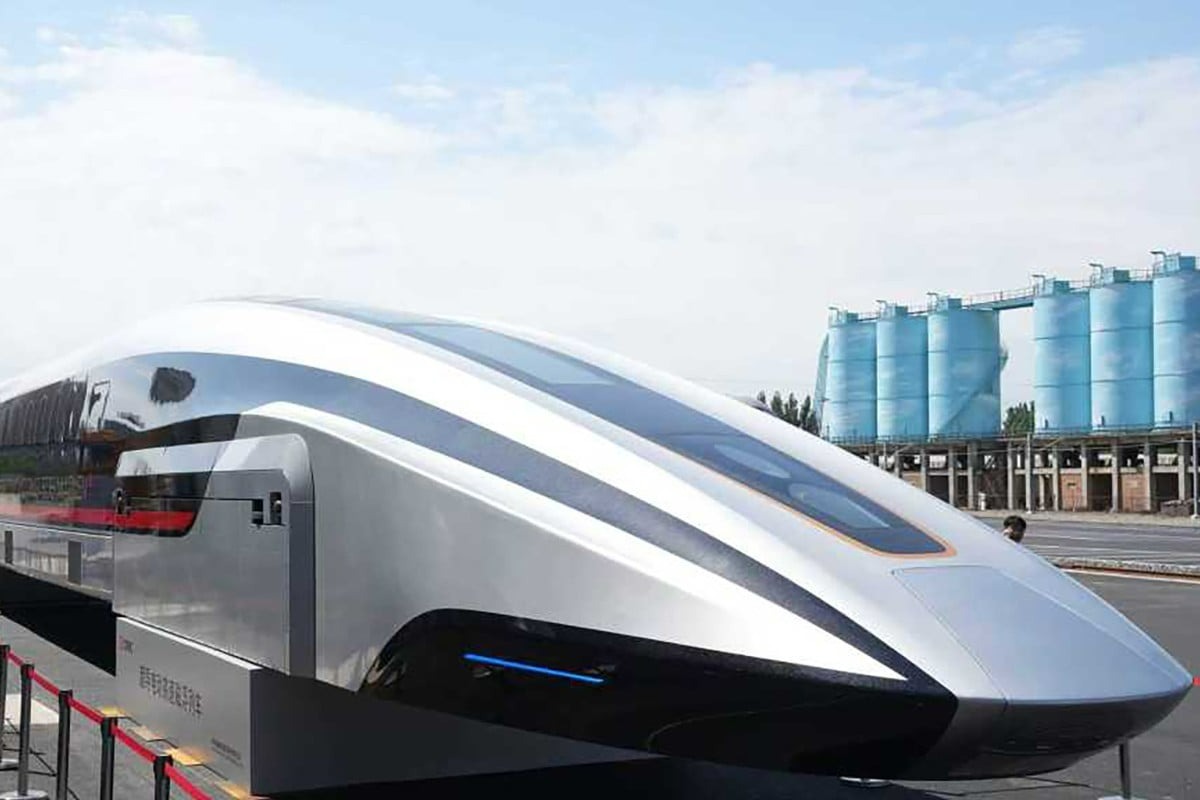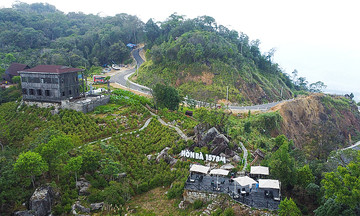On 11/7, China unveiled its domestically built maglev train in Beijing. The train is China's fastest land vehicle to date, significantly reducing travel times and solidifying the country's position as a global leader in high-speed rail.
The train, developed by China Railway Rolling Stock Corporation (CRRC), boasts a top speed of 600 km/h. It features an aerodynamic design with a pointed nose to minimize air resistance. Footage from state broadcaster CCTV showcased a futuristic interior.
The first technical phase was completed in 7/2024. Route testing, safety inspections, and technical feasibility assessments will be conducted before the train enters commercial operation. According to Shanghai-based news outlet Paper, the train is intended for use between major cities, complementing the existing rail network.
With a maximum speed of 600 km/h, the maglev train can cover the 1,200 km between Beijing and Shanghai in just 2.5 hours, compared to 5.5 hours by current high-speed rail. Shao Nan, a senior engineer at CRRC, stated that the new train combines the precision and safety of rail travel with the speed of air travel. CRRC expects the train to "fill the speed gap between high-speed rail and aviation within a 2,000 km range".
 |
The newly unveiled high-speed train at the 17th Modern Railways Exhibition in Beijing. Photo: SCMP
High-speed superconducting maglev technology promises a more environmentally friendly and energy-efficient mode of transportation. Benefits include higher speeds, lower operating noise, and zero emissions. In addition, long-term maintenance costs are lower due to the non-contact system, which reduces friction and mechanical wear.
Maglev technology uses electromagnetic induction between superconducting magnets on the train and the track, allowing the train to levitate after reaching a speed of 150 km/h. Below this threshold, rubber wheels propel the train.
"This model is equipped with fully autonomous driving capabilities, requiring the integration of various technologies such as 5G communications, AI video acquisition, acoustic sensors, and the deployment of sensor arrays along the route," Shao said.
China's first maglev line, built by Germany, opened in 2003, connecting Shanghai Pudong International Airport to the city. China opened its first domestically built maglev line in Changsha in 2016 and Beijing opened a maglev line in 2017. However, both of these are low-speed maglev lines with a top speed limited to 120 km/h.
China's high-speed rail network has expanded rapidly since the mid-2000s, becoming the world's largest with 48,000 km of track by the end of 2024. The country's rail operator aims to exceed 50,000 km of track this year.
Hoai Anh (SCMP)












